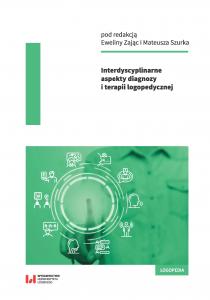Specyfika funkcjonowania dziecka z mutyzmem wybiórczym w środowisku pozarodzinnym
Streszczenie
The presented study has two purposes. One of them is to discuss selected views as to the causes of selective mutism in the context of the classification position, along with controversies around the diagnostic criteria for this disorder. Another, more important from the perspective of this study, is to discuss the specifics of the functioning of a child with selective mutism in the educational environment. The problems on which this reflection focuses is the question about the possibility of recognizing selective mutism in the preschool/school environment and the features of the functioning of a child with selective mutism in the educational environment. To discuss the issues analyzed in the study, the author used the most important review papers published so far regarding the analyzed topic. In the first part of the study, the author emphasized the scale of the problem in the population of preschool/school children with reference to statistical data indicating the incidence of mutism in the population. The author also discusses the diagnostic criteria of mutism in terms of DSM-5 and ICD-10. Author pointed out problem areas related to the recognition of mutism. In the next part of the study, the author described selected reasons for the appearance of mutism in the child’s development. Then the author characterized the specificity of the child’s functioning in the educational environment, emphasizing the consequences of not implementing the appropriate educational and therapeutic interactions. An analysis of the literature indicates that it is necessary to increase the scientific interest in the problem of mutism among children. The problem has serious consequences and affects an increasing number of children. For this reason, knowledge of how a child with mutism functions in a kindergarten/school enables the implementation of adequate forms of help and support.
Collections


